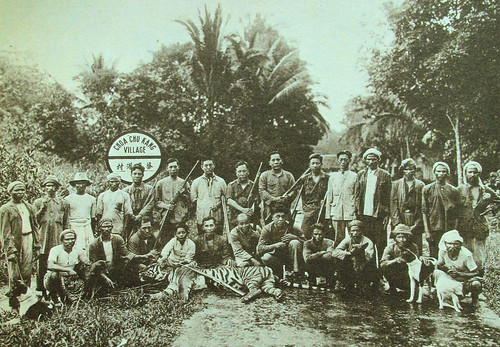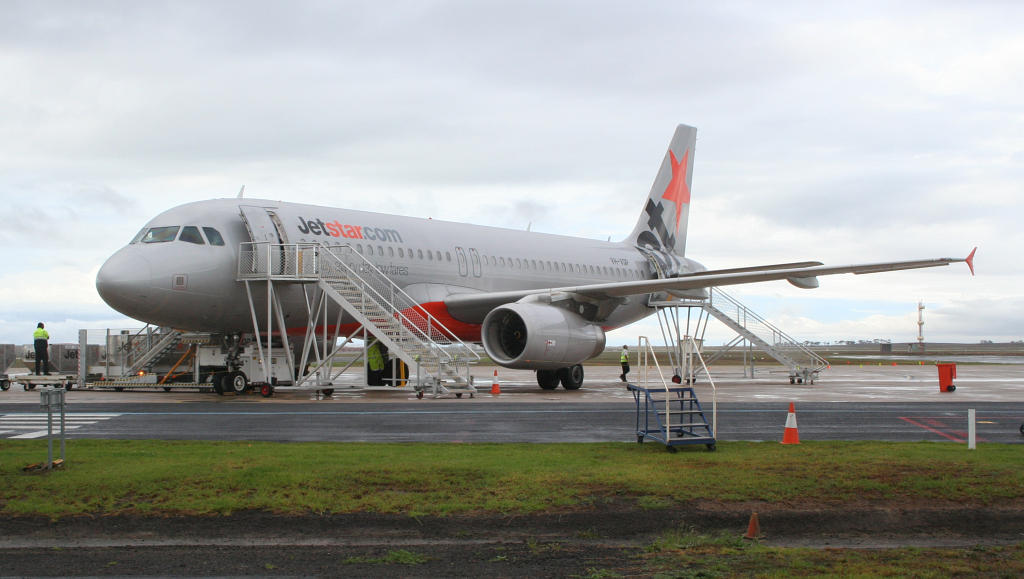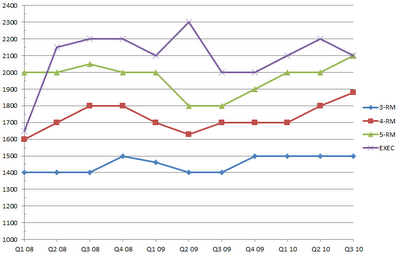Below, we have compiled some interesting and sometimes fun facts about Singapore:
1 - Most think Singapore's national language is Chinese or English but it is wrong. Singapore's national language is Malay. English, Malay, Chinese (Mandarin), and Tamil are official languages. The Malay language is used in the national anthem "Majulah Singapura" and printing of coins. Military commands are also given in Malay. However, around 85% of Singaporeans do not speak Malay.
2 - Greek astronomer, Claudius Ptolemaeus, named a place called Sabana in 2nd century, in the area where Singapore lies. He identified Sabana as a nominon emporion or designated foreign trading port, as part of a chain of similar trading centres that linked Southeast Asia with India and the Mediterranean. 3rd century Chinese written record described the island of Púluōzhōng (蒲羅中), probably a transliteration of the Malay Pulau Ujong, "island at the end" (of the Malay peninsula). This island is thought to be Singapore and this name is one of the earliest references to Singapore. [1]
3 - The south of the Singapore river in Boat Quay resembles the belly of a carp. According to Feng Shui, this is where wealth and prosperity lay and this is the main reason many shop houses and eventually the tall skyscrapers were built and crowded into the area.
4 - The Fountain of Wealth in Suntec City is the largest fountain in the world. The bronze ring of the fountain represents a ring in a left palm of a hand, buildings of the Suntec City representing the fingers. The water flaws downwards representing wealth flowing to the palm of a hand. Yeah, it is Feng Shui.
5 - The Bukit Timah Nature Reserve in Singapore contains more species of trees than the entire North American continent.
6 - Singapore has its own yeti. The creature said to inhabit Singapore (mainly the forested Bukit Timah region) is called The Bukit Timah Monkey Man. The creature is often cited as a forest-dwelling hominid or primate, and is also accounted for as being immortal; however, its exact identity remains unknown, and its existence disputed. Alleged sightings of the animal are rare and come mainly from Malay folklore, accounts from Japanese soldiers in World War II, and occasional unconfirmed reports from local residents.It is described as hominid-like, greyish in colour, and between one and two meter in height, and bipedal.
7 - Buildings in Singapore cannot be higher than 280 metres. This is due to the proximity of any point in the island to Changi Airport. OUB Centre, UOB Plaza and Republic Plaza are the only buildings in Singapore with that height.
8 - More Singaporeans are born in the month of October than any other month of the year.
9 - Singapore has a verry interesting man-made landfill island. This island, known as Semakau landfill for now, is made entirely from garbage incinerator ash.
10 - When Thomas Stamford Raffles arrived Singapore in 1819, there was only a small Malay settlement, with a population of a few hundred, at the mouth of the Singapore River. 5 years later in 1824, the total population was 10,683. The 2000 census showed that the population of Singapore is 4.2 million. It is closed to 5 million by 2010.
11 - The last wild tiger, roaming Singapore was killed in Choa Chu Kang area, in the 1930s. But these animals were once a significant cause of death in Singapore. By the middle of the 19th century, tigers claimed one life a day. In 1859, one village near Bukit Timah was abandoned due to too many attacks. Bukit Timah was nicknamed "A tiger Resort". It was reported that 390 lives were killed in 1857. It was likely that the actual number was more as many tiger attacks went unreported.
1 - Most think Singapore's national language is Chinese or English but it is wrong. Singapore's national language is Malay. English, Malay, Chinese (Mandarin), and Tamil are official languages. The Malay language is used in the national anthem "Majulah Singapura" and printing of coins. Military commands are also given in Malay. However, around 85% of Singaporeans do not speak Malay.
2 - Greek astronomer, Claudius Ptolemaeus, named a place called Sabana in 2nd century, in the area where Singapore lies. He identified Sabana as a nominon emporion or designated foreign trading port, as part of a chain of similar trading centres that linked Southeast Asia with India and the Mediterranean. 3rd century Chinese written record described the island of Púluōzhōng (蒲羅中), probably a transliteration of the Malay Pulau Ujong, "island at the end" (of the Malay peninsula). This island is thought to be Singapore and this name is one of the earliest references to Singapore. [1]
3 - The south of the Singapore river in Boat Quay resembles the belly of a carp. According to Feng Shui, this is where wealth and prosperity lay and this is the main reason many shop houses and eventually the tall skyscrapers were built and crowded into the area.
4 - The Fountain of Wealth in Suntec City is the largest fountain in the world. The bronze ring of the fountain represents a ring in a left palm of a hand, buildings of the Suntec City representing the fingers. The water flaws downwards representing wealth flowing to the palm of a hand. Yeah, it is Feng Shui.
5 - The Bukit Timah Nature Reserve in Singapore contains more species of trees than the entire North American continent.
Bukit Timah Natural Reserve Source: laurainsingapore
6 - Singapore has its own yeti. The creature said to inhabit Singapore (mainly the forested Bukit Timah region) is called The Bukit Timah Monkey Man. The creature is often cited as a forest-dwelling hominid or primate, and is also accounted for as being immortal; however, its exact identity remains unknown, and its existence disputed. Alleged sightings of the animal are rare and come mainly from Malay folklore, accounts from Japanese soldiers in World War II, and occasional unconfirmed reports from local residents.It is described as hominid-like, greyish in colour, and between one and two meter in height, and bipedal.
7 - Buildings in Singapore cannot be higher than 280 metres. This is due to the proximity of any point in the island to Changi Airport. OUB Centre, UOB Plaza and Republic Plaza are the only buildings in Singapore with that height.
OUB Center
8 - More Singaporeans are born in the month of October than any other month of the year.
9 - Singapore has a verry interesting man-made landfill island. This island, known as Semakau landfill for now, is made entirely from garbage incinerator ash.
10 - When Thomas Stamford Raffles arrived Singapore in 1819, there was only a small Malay settlement, with a population of a few hundred, at the mouth of the Singapore River. 5 years later in 1824, the total population was 10,683. The 2000 census showed that the population of Singapore is 4.2 million. It is closed to 5 million by 2010.
Thomas Stamford Raffles
11 - The last wild tiger, roaming Singapore was killed in Choa Chu Kang area, in the 1930s. But these animals were once a significant cause of death in Singapore. By the middle of the 19th century, tigers claimed one life a day. In 1859, one village near Bukit Timah was abandoned due to too many attacks. Bukit Timah was nicknamed "A tiger Resort". It was reported that 390 lives were killed in 1857. It was likely that the actual number was more as many tiger attacks went unreported.
12 - The flying fox, the world's largest bat with a wingspan of up to 1.5 metres, can be found on Pulau Ubin, one of the islands off mainland Singapore.[2]
13 - Vanessa-Mae, internationally known British violinist, was born in Singapore to a Thai father and a Chinese mother.
14 - Singapore has the 9th highest public debt to GDP ratio in the world with 102 per cent.
15 - The lowest temperature ever recorded in Singapore is 19.4°C. It has been recorded in 1934!
[1] - Early history of Singapore
[2] - Amazing facts about Singapore
13 - Vanessa-Mae, internationally known British violinist, was born in Singapore to a Thai father and a Chinese mother.
14 - Singapore has the 9th highest public debt to GDP ratio in the world with 102 per cent.
15 - The lowest temperature ever recorded in Singapore is 19.4°C. It has been recorded in 1934!
[1] - Early history of Singapore
[2] - Amazing facts about Singapore











.jpg)





















